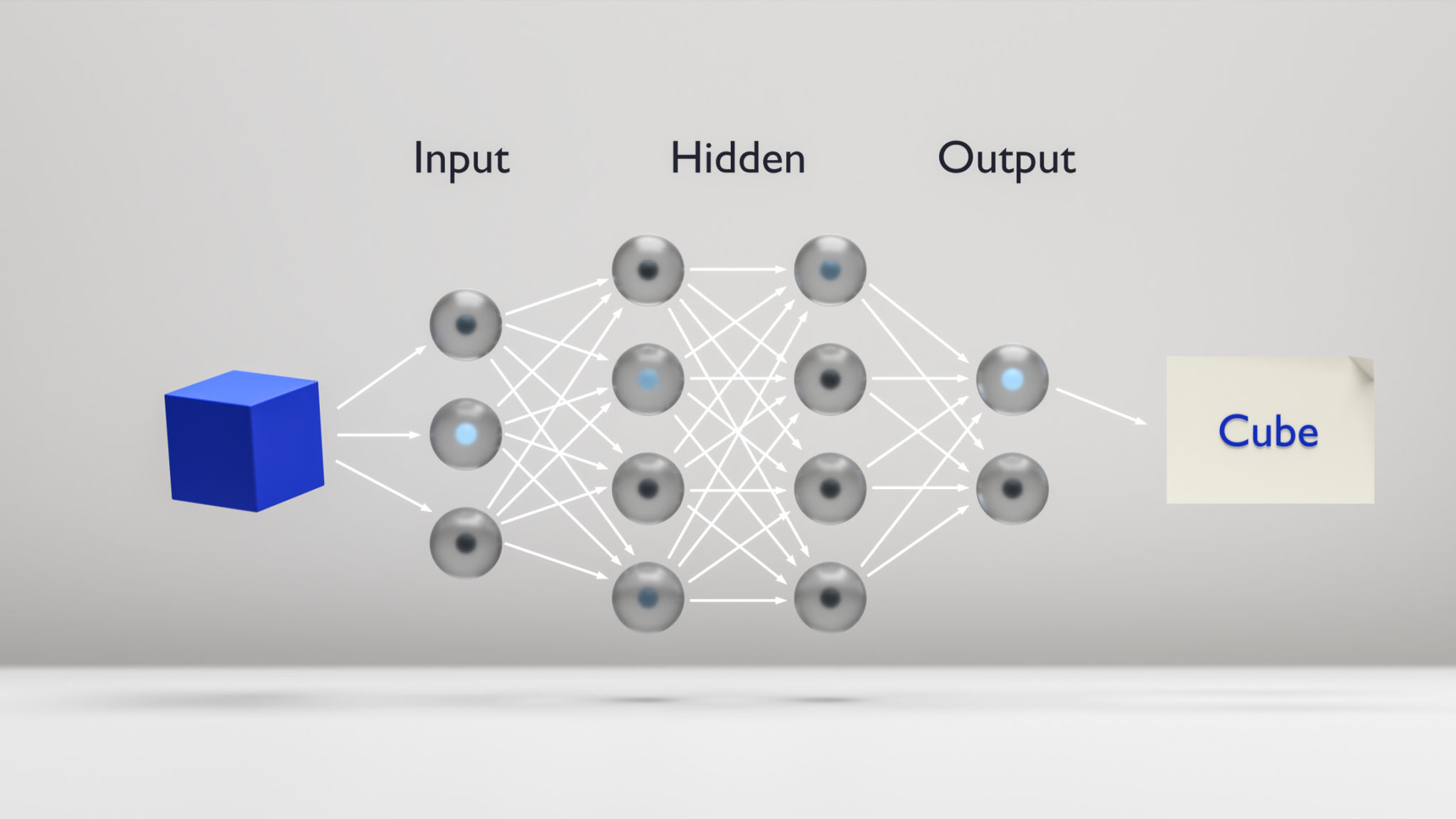Comprehensive Deep Learning Tutorials: From Beginner to Advanced
Introduction to Deep Learning
Deep learning, a subset of machine learning, has revolutionized the way we approach artificial intelligence. It enables machines to mimic human-like decision-making processes, solving complex problems through layered neural networks. Whether you're a beginner or an expert, understanding the fundamentals of deep learning is crucial for staying ahead in the tech world.

This blog post is designed to guide you through comprehensive tutorials, taking you from the basics to more advanced concepts. By the end, you'll have a robust understanding of deep learning, ready to tackle real-world challenges.
Getting Started with Deep Learning
Understanding Neural Networks
At the core of deep learning are neural networks, inspired by the human brain. These networks consist of layers of nodes, or "neurons," that process input data, learn patterns, and make predictions. The fundamental architecture includes input, hidden, and output layers.
For beginners, it's essential to grasp how neurons work together to form a network. Simple tasks like recognizing handwritten digits can be achieved through basic neural networks, laying the foundation for more intricate applications.

Key Concepts and Terminology
As you delve deeper, familiarize yourself with terms like activation functions, backpropagation, and gradient descent. These concepts are pivotal in training neural networks efficiently. Activation functions determine the output of a node, while backpropagation helps in minimizing errors through iterative learning. Gradient descent is the optimization technique used to update weights and biases.
Intermediate Deep Learning Techniques
Convolutional Neural Networks (CNNs)
CNNs are a type of deep learning model particularly effective for image and video recognition. They use convolutional layers to automatically and adaptively learn spatial hierarchies of features from input data. This makes them highly efficient for tasks like facial recognition and autonomous driving.

Recurrent Neural Networks (RNNs)
RNNs are designed to handle sequential data, making them ideal for applications like language modeling and time series prediction. Unlike traditional neural networks, RNNs have connections that form directed cycles, providing the network with memory of previous inputs.
Advanced RNN variants, such as Long Short-Term Memory (LSTM) networks, address common problems faced by standard RNNs, like gradient vanishing and exploding, ensuring better performance in capturing dependencies over long sequences.
Advanced Deep Learning Topics
Generative Adversarial Networks (GANs)
GANs have gained popularity for their ability to generate realistic data. They consist of two competing networks: a generator and a discriminator. The generator creates fake data, while the discriminator attempts to identify real from fake, improving the generator's capabilities over time.

Deploying Deep Learning Models
Once you've developed a model, deploying it in a real-world environment is the next challenge. This involves considerations like scaling, latency, and integration with existing systems. Tools like TensorFlow Serving and PyTorch allow for seamless deployment, ensuring that models operate efficiently outside the lab.
By following these comprehensive tutorials, you'll be well-equipped to harness the power of deep learning, transforming theoretical knowledge into practical expertise. As the field continues to evolve, staying updated and continuously learning will be key to leveraging deep learning's full potential.